On August 25, 2012, Voyager 1 became the first spacecraft in history to leave the heliosphere and enter interstellar space. Six years later, Voyager 2 repeated the achievement of its twin. In this second part of our article on the greatest space journey in history, we will tell you how this couple of Earth messengers managed to achieve such success and what awaits them in the future.
Where does interstellar space begin?
Earth, and the rest of the planets of the solar system, are inside a giant bubble called the heliosphere. This is the region in which the plasma of the solar wind moves at supersonic speeds relative to the Sun. As the distance increases, its speed gradually decreases due to collisions with the matter of the interstellar medium. At some point, it becomes subsonic. The boundary at which this deceleration occurs is called the shock wave boundary.
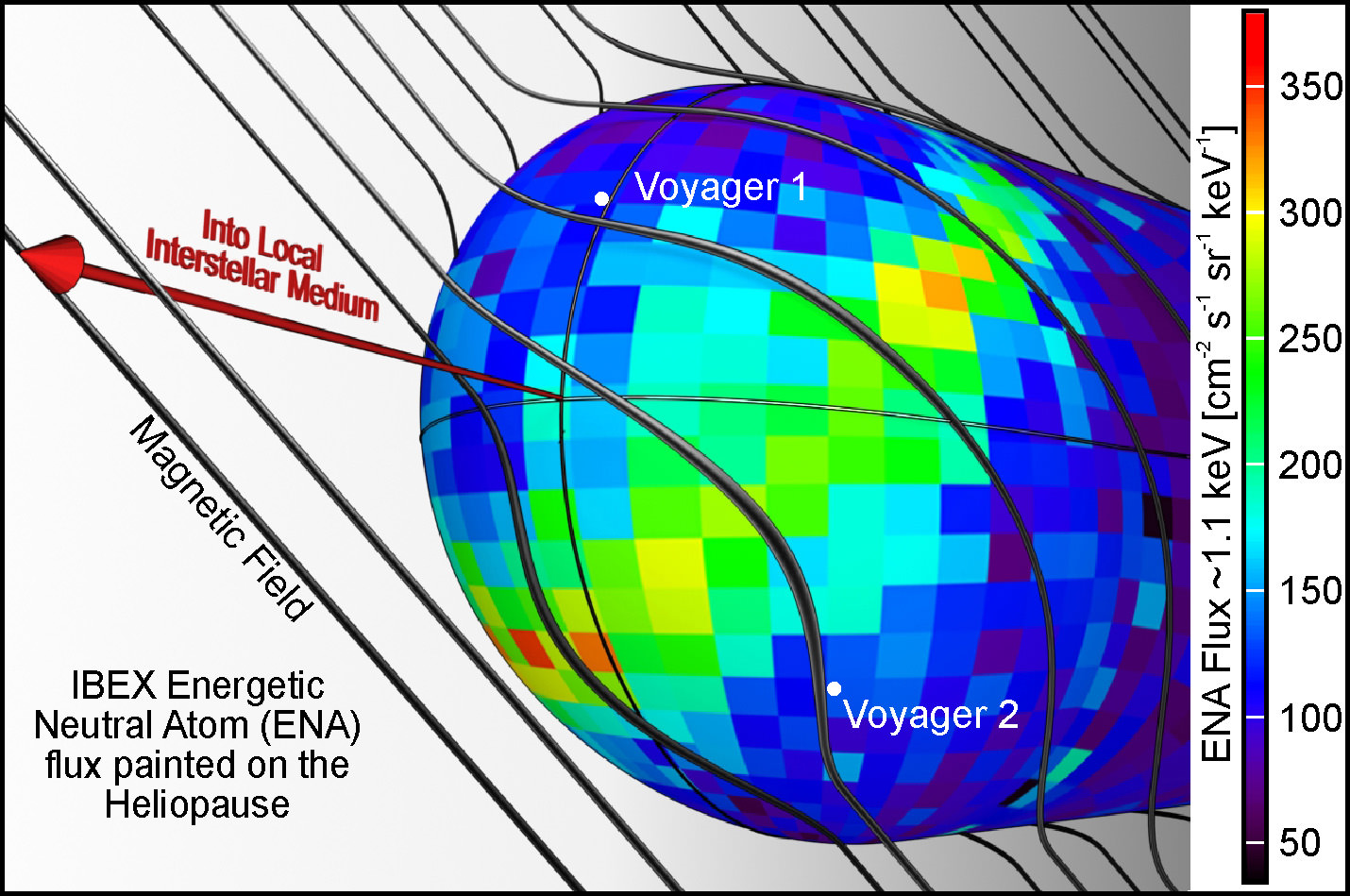
However, the boundary of the shock wave ceased to be the boundary of the entire heliosphere. Behind it is a region called the heliosheath. Here the solar wind slows down, compresses, and its movement acquires a turbulent character. And, finally, beyond the heliosheath there is the heliopause — the final boundary, where the solar wind finally stops. Its pressure already becomes unable to push interstellar matter out of the Solar System. Therefore, mixing of the solar wind with interstellar matter takes place in the heliopause.
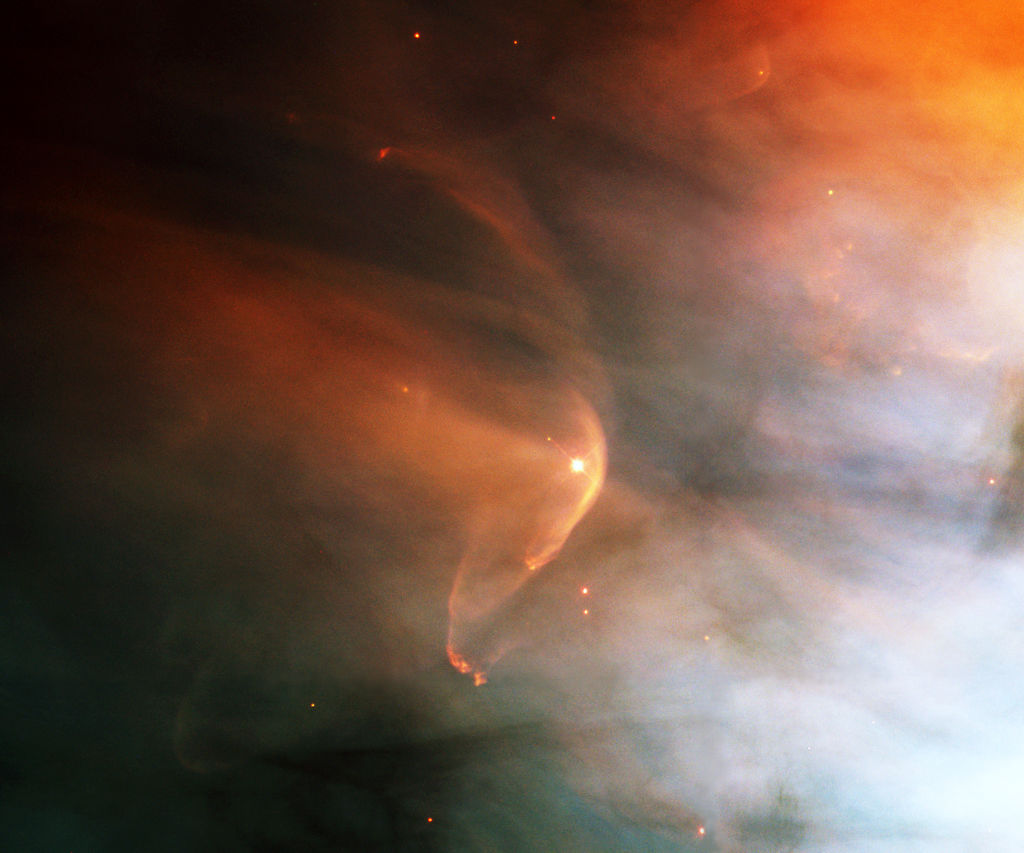
At the time of Voyagers’ launch, astronomers had very little information about the location of the heliopause. Some scientists assumed that it was located almost immediately beyond the orbit of Jupiter. But in the process of accumulating data, it became clear that the initial estimates were set too low. By the time the Voyager pair completed the Great Journey, the boundary of the shock wave was believed to be at a distance of 70-80 AU., heliopause — 90-120 a. at. from the Sun. This meant that the probes had a theoretical chance of reaching interstellar space by the time they ceased operations.
Race against time
The answer to the question of whether the Voyager pair would make it into interstellar space depended on several factors. The first was the fuel situation. Each Voyager regularly performs the small maneuvers required to keep their antennas pointed at Earth. Fortunately, the devices managed to save a considerable supply of fuel, which should last until the 2040s.
Another important issue was communication. As it moved away from Earth, Voyagers’ signal strength steadily decreased, making it extremely difficult to communicate with the spacecraft. However, thanks to several upgrades to the Deep Space Communication Network, NASA managed to solve this problem as well.
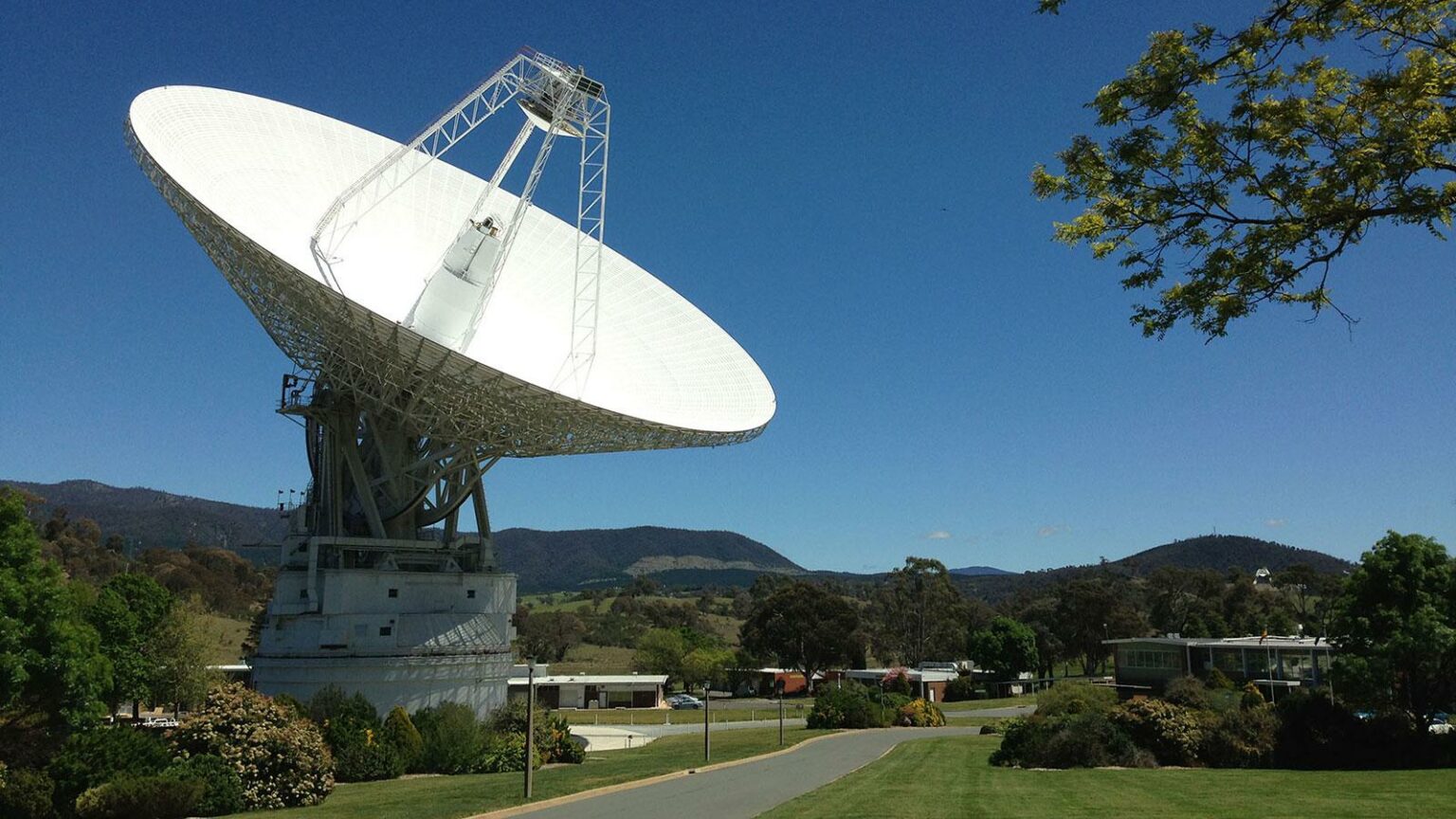
Of course, every year the venerable age of the devices made itself felt more and more often (this is not a joke, for the nominal service life of the mission was only four years). However, the principle of redundancy of all main components laid down in their design has served them well. Of course, both Voyagers repeatedly encountered various technical problems, but each time the specialists either managed to find a solution or switch the probe to a backup system.
So, the main factor that determined the maximum possible period of operation of the devices was energy. We should remember that Voyagers receive it from RITEGs that use plutonium-238. Its half-life is 87 years. As it is not difficult to calculate, over the past 45 years, after the launch, the devices have lost about 30% of their initial capacity. But the loss of power also occurs due to the gradual degradation of the thermocouple, which converts the heat released by the RITEGs into electricity.
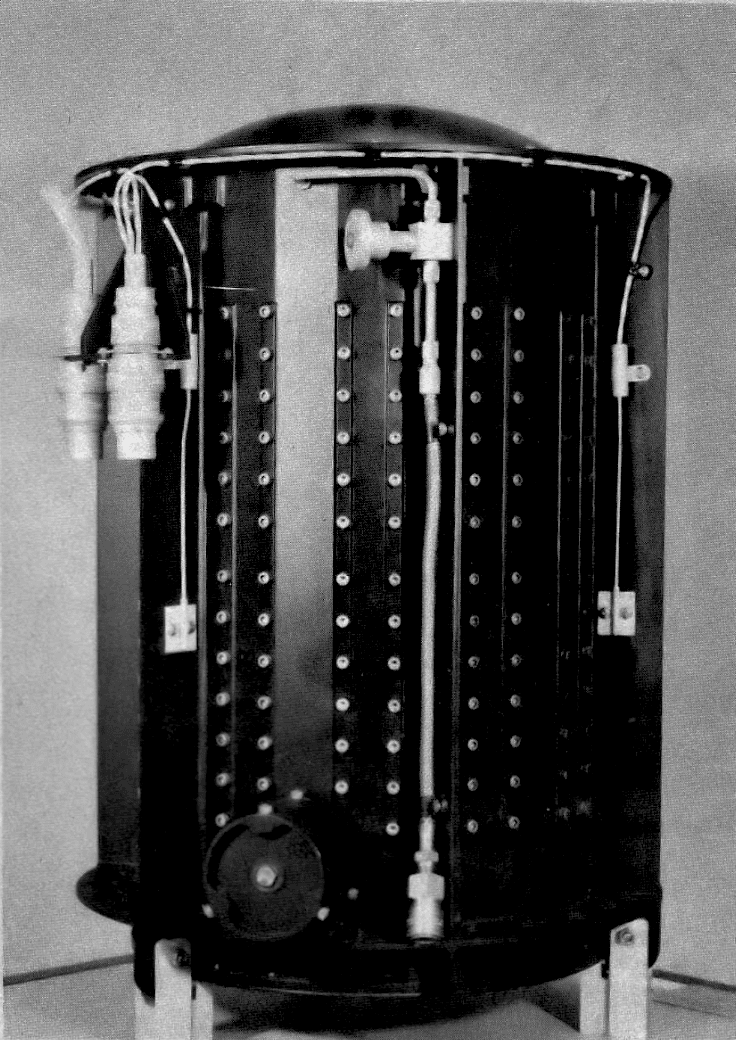
Initially, mission engineers predicted that Voyager would run out of enough energy to continue operating by around the early 2010s. This was not enough to reach interstellar space. Therefore, mission specialists developed an “energy-saving” plan, which consisted in turning off part of the scientific instruments, as well as some heaters. It worked. Voyagers got an extra decade of life, which allowed them to overcome another milestone.
The first spacecraft in interstellar space
In late 2004, Voyager 1 crossed the shock wave boundary and entered the heliosheath. Voyager 2, moving at a slower speed and in a different direction, reached it in 2007.
By 2010, Voyager 1 had reached the region where the solar wind “stagnates” and its radial velocity closes to zero. Also, the number of high-energy particles of solar origin decreases sharply. All this indicated that the device is very close to the heliopause.
A historical event occurred on August 25, 2012, when Voyager 1 was at a distance of 121.6 AU (18.2 billion km) from the Sun. On that day, its instruments recorded a sharp decrease in the number of protons in solar radiation, and vice versa, an increase in the level of galactic cosmic rays. The apparatus finally went into interstellar space. Voyager 2 passed this boundary in November 2018, when it was at a distance of 119 AU (17.8 billion km) from the Sun.
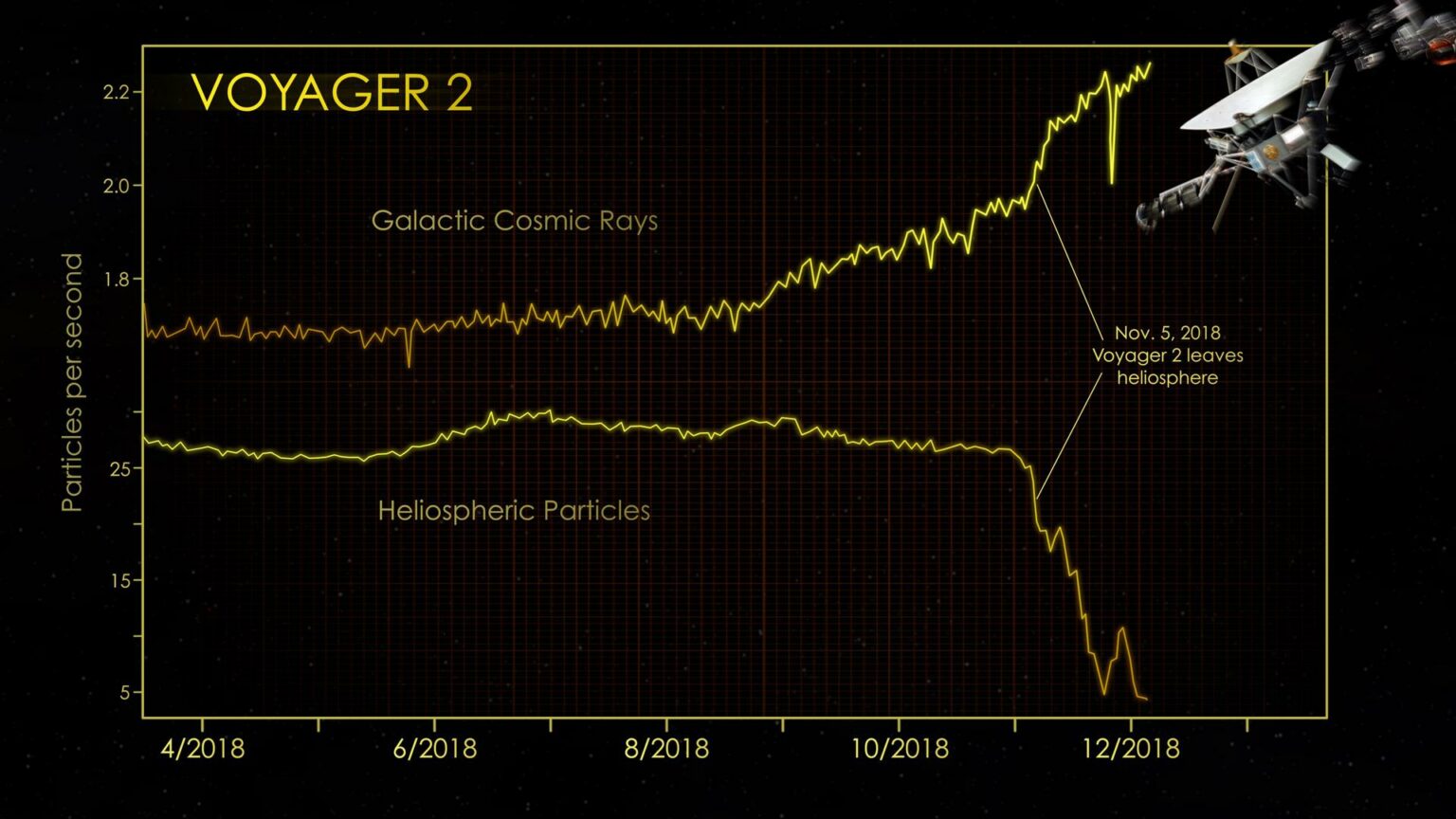
To be fair, it should be noted that Voyager 1’s entry into interstellar space was not immediately recognized. The fact is that the existing models assumed that with the crossing of the heliopause there should be an instantaneous shift of the magnetic field lines. However, this did not happen, so scientists formed two camps. Some believed that Voyager 1 had indeed entered interstellar space; others insisted that it had not yet left the heliosphere.
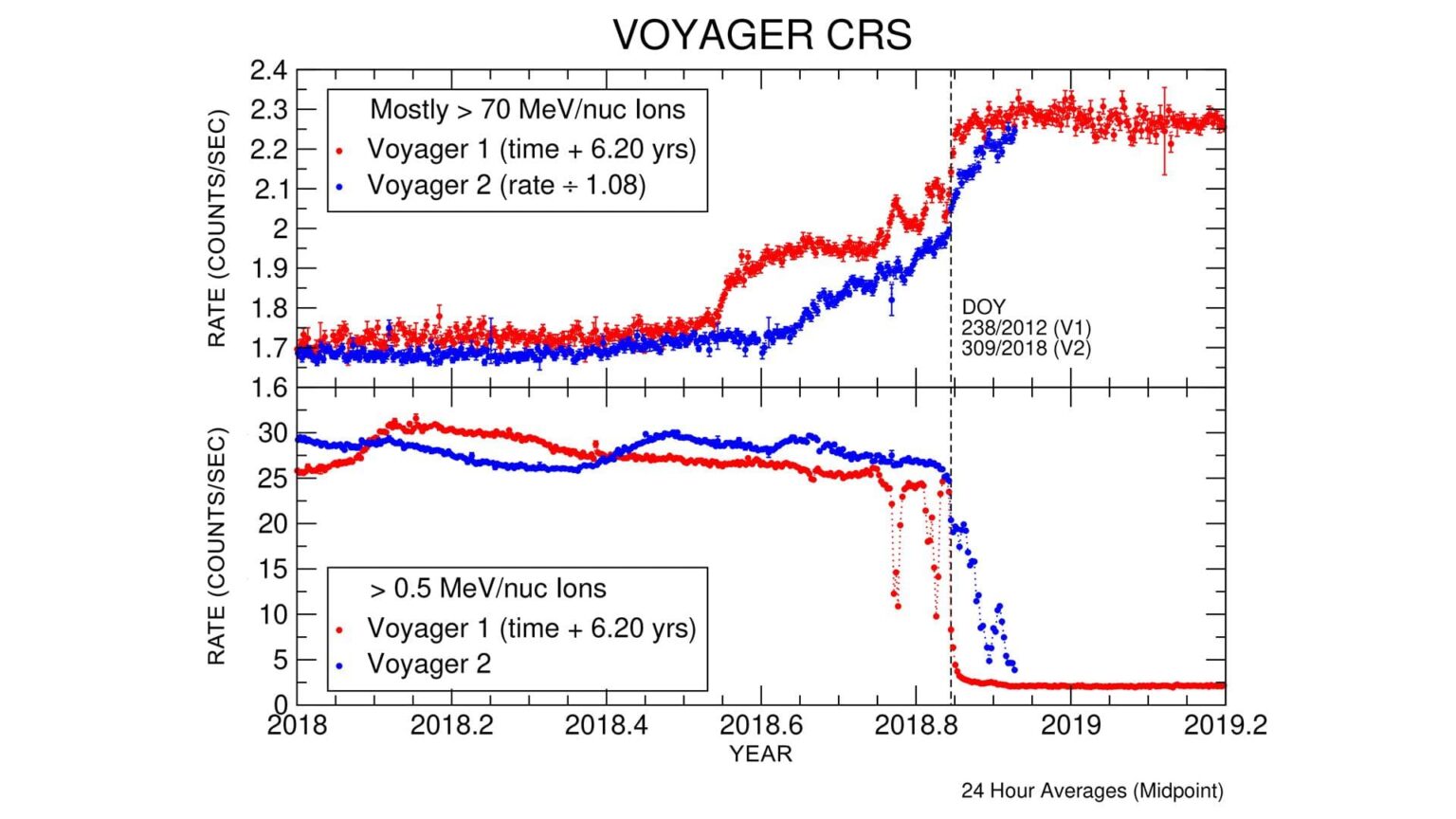
The dispute was resolved by data obtained in 2013 about the increase in plasma density in the space where Voyager 1 was located. It turned out that it had reached a level that corresponds to theoretical models for the interstellar medium. As for the magnetic field, subsequent measurements showed that due to the influence of the heliosphere, its lines do not change their direction immediately, but gradually. After that, all leading scientists recognized the fact that Voyager 1 had entered interstellar space.
The future of the Voyager mission
By now, Voyager 1 is at a distance of 157.1 AU from the Sun (23.5 billion km), it is the most distant human-made object in the universe. Voyager 2 is at a distance of 130.9 AU from the Sun (19.6 billion km). As for earthlings, these are gigantic distances, but they are quite small by astronomical standards. If Voyager 1 were headed for Proxima Centauri, it would take 75,000 years to reach the star.
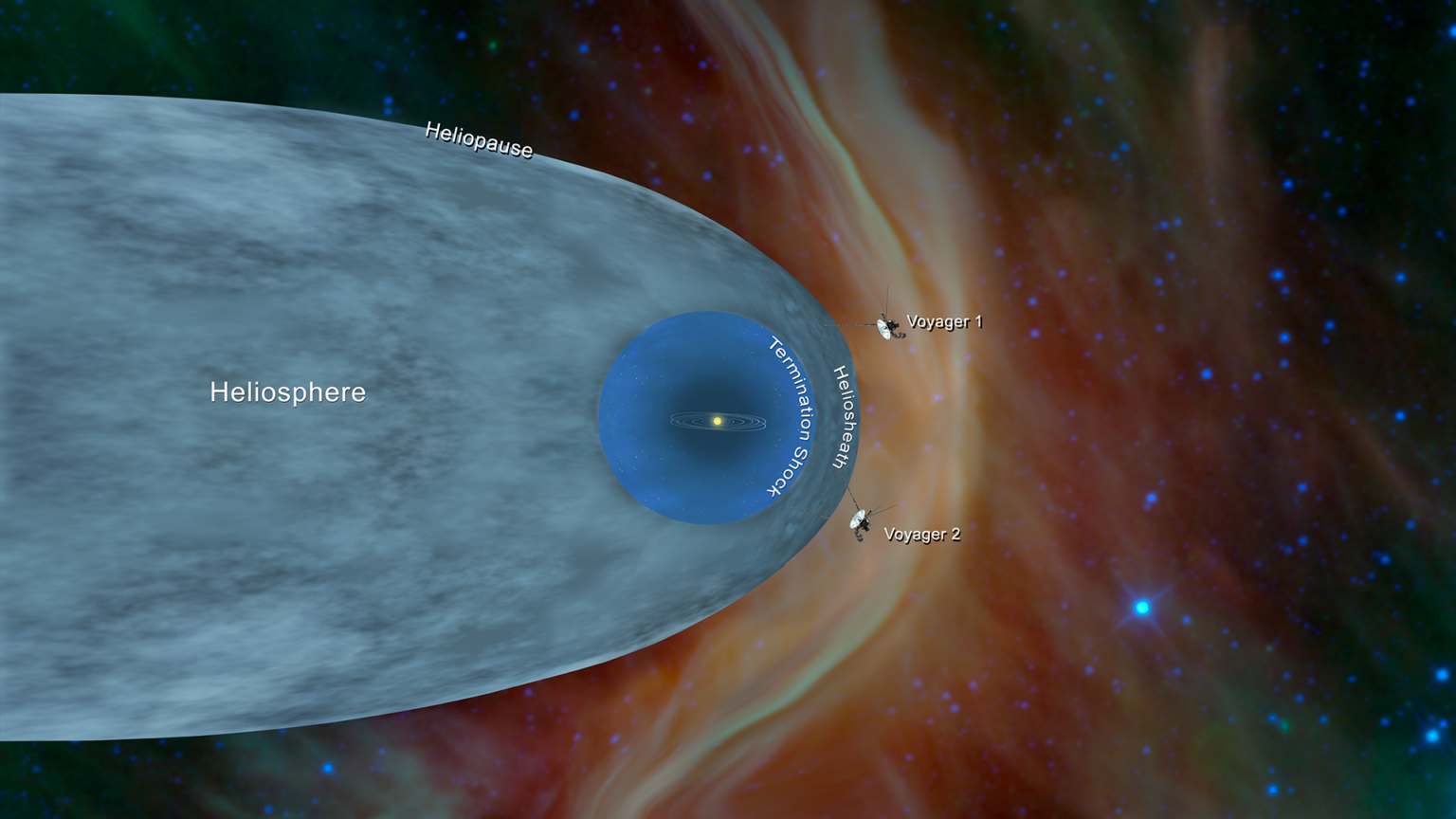
Both spacecraft are still operating and transmitting data to Earth. A magnetometer, a cosmic ray detector, a charged particle detector, and a plasma wave receiver are working on Voyager 1. As for Voyager 2, the plasma detector is still on in addition to the abovementioned instruments.
Unfortunately, every year, the devices’ RITEGs generate less and less energy. According to the latest estimates, it will be depleted about 2025. After that, engineers will have to start turning off the remaining devices. And then the energy will not be enough, even to maintain communication with the Earth. Most likely, it will happen somewhere around the fiftieth anniversary of the mission.
However, even after both Earth’s messengers stop communicating with mother planet, they will continue their endless journey. Since the vehicles have developed the solar escape velocity, they are going to leave the solar system forever.
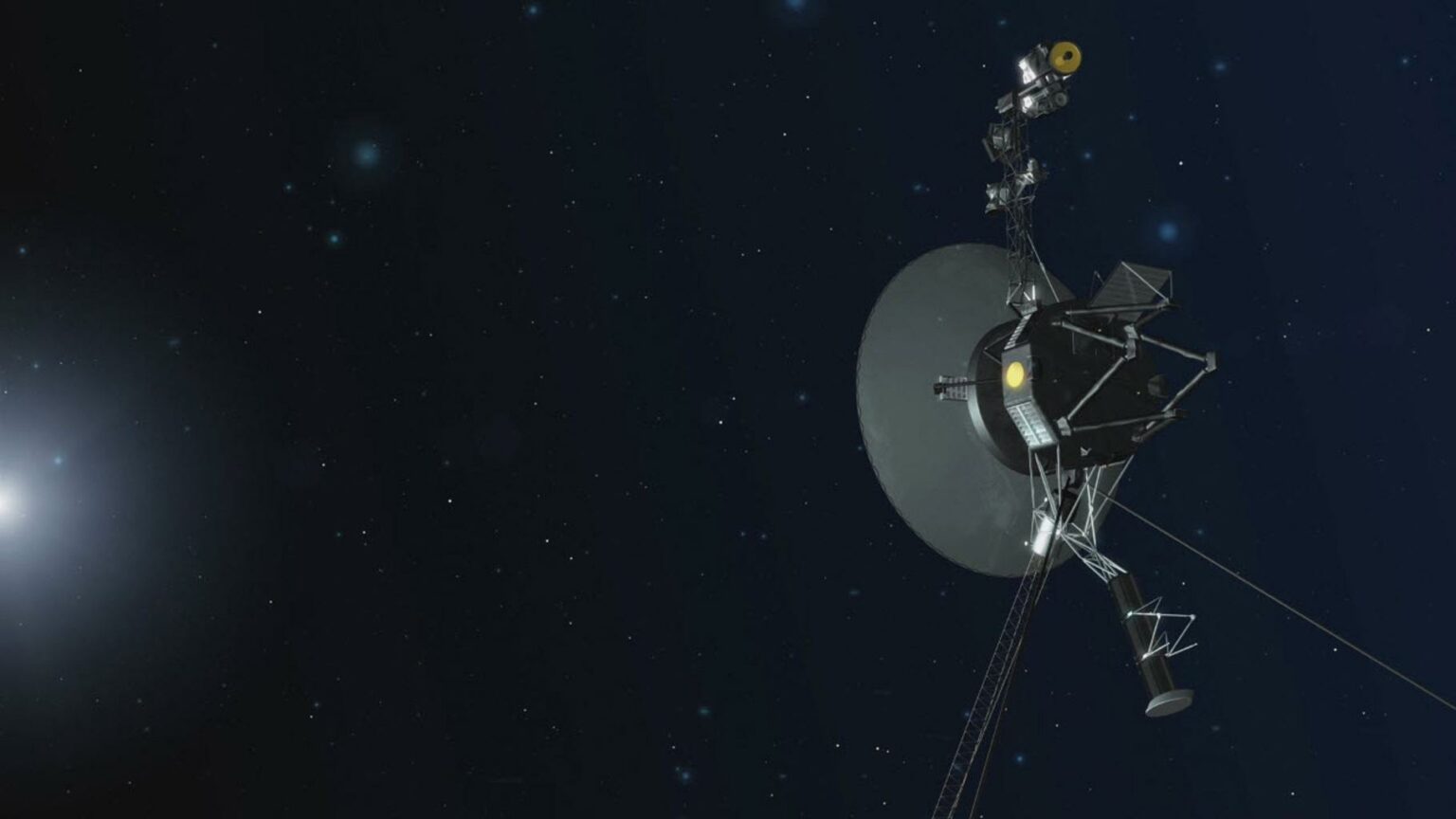
None of the apparatuses are aimed at any particular star. According to the latest calculations, in about 40,000 years Voyager 1 will move within 1.6 light-years of the star Gliese 445. 260,000 after that, the device will pass within less than a light-year of the red dwarf TYC 3135-52-1. As for Voyager 2, in 42,000 years it will move within 1.7 light years of the red dwarf Ross 248.
Voyager Golden Record
Each Voyager has a message on board, in case the probes are picked up by any alien civilization in the distant future. This is a recording made phonographically on a gold-plated copper disk. It contains musical works, greetings in different languages, addresses of the President of the United States and the Secretary General of the United Nations, sounds of our planet and even songs of whales. There are also 116 pictures on the disc, which should give some idea about the solar system, the Earth, people, our culture and technology.
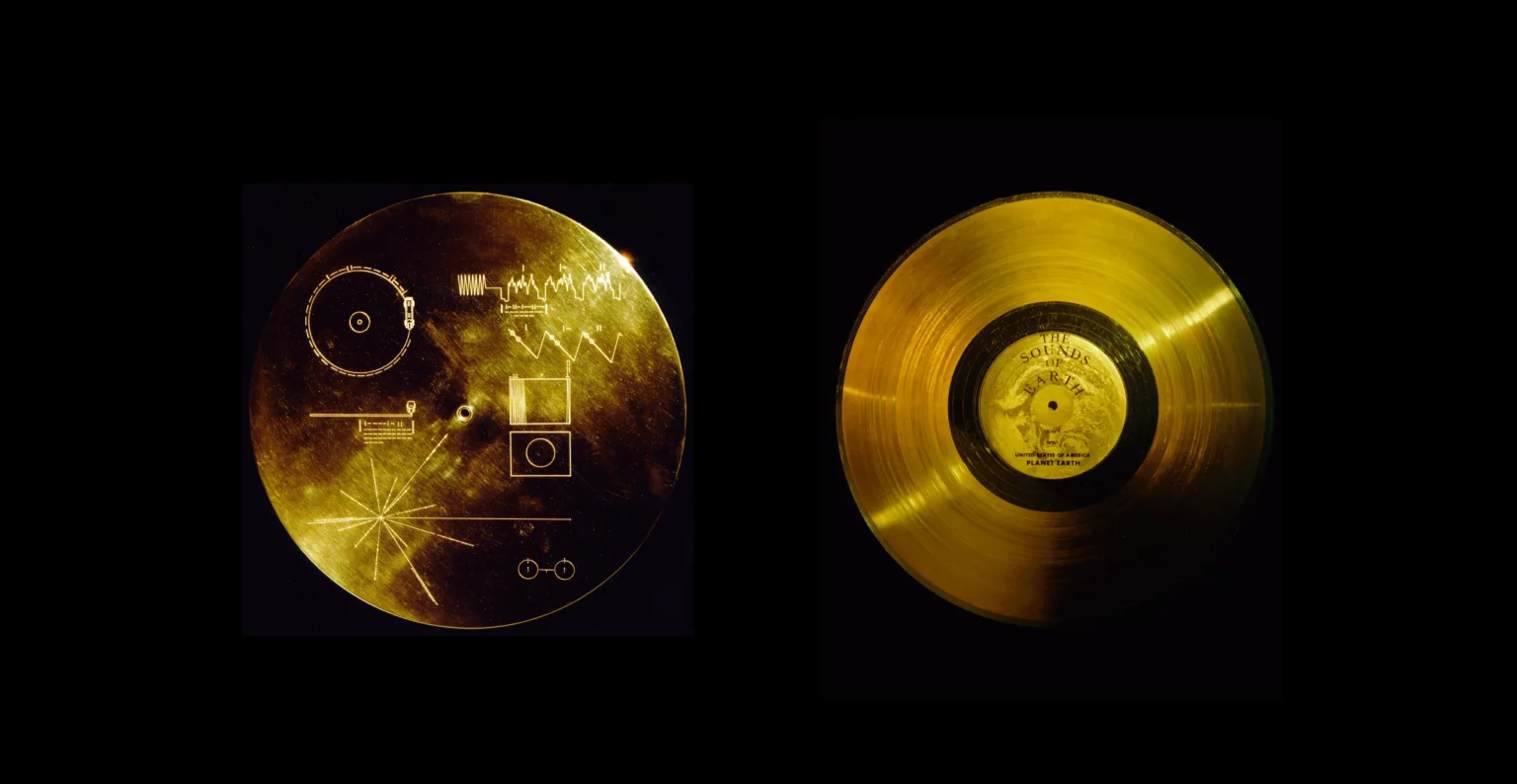
The discs are placed inside a case attached to the device body. On its shell a diagram is engraved depicting the order of reproduction of the message, the method of converting video signals into images, a diagram of the radiation of a hydrogen atom (to obtain the units of measurement used in the message), as well as a pulsar map that allows you to determine the location of the Sun.
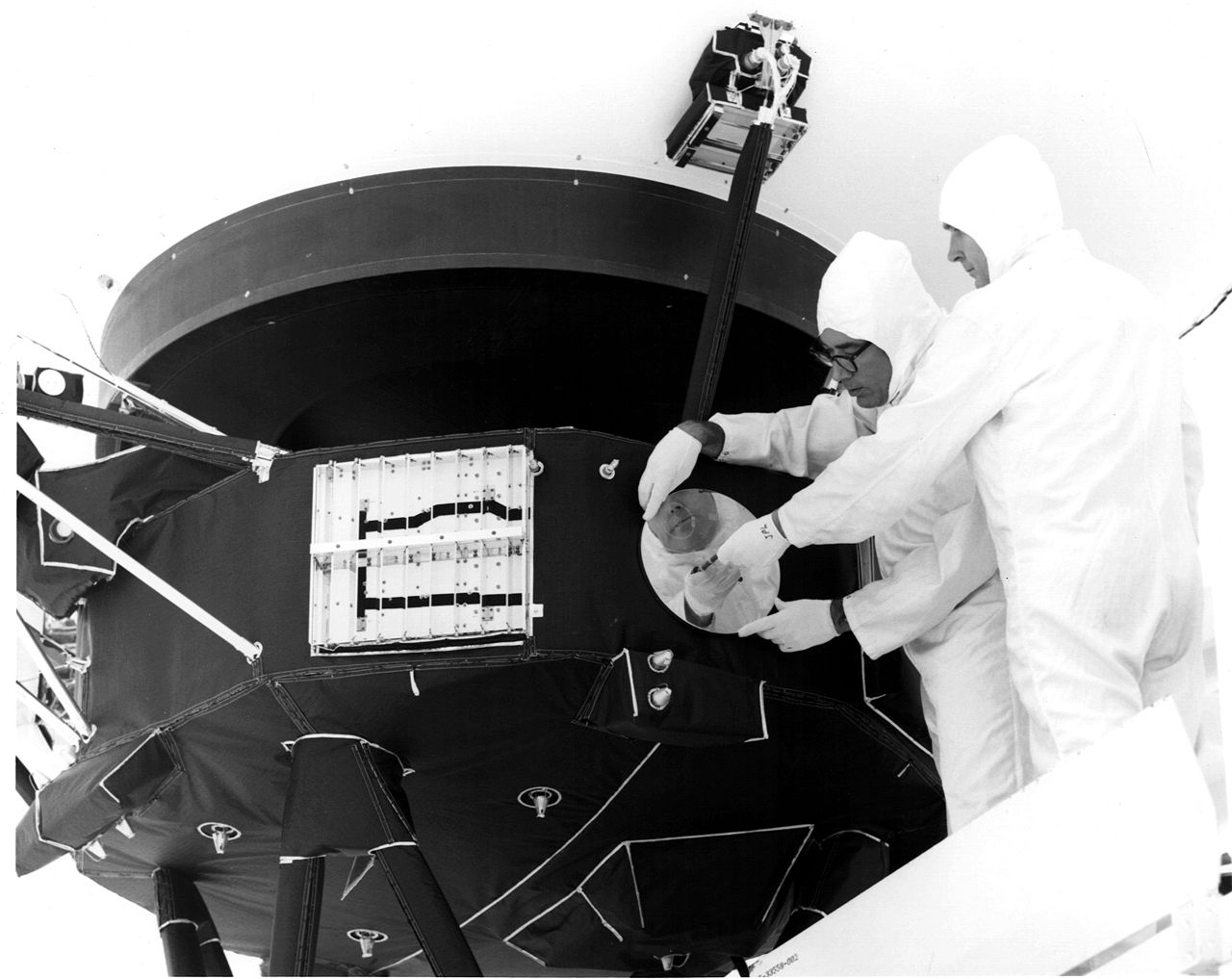
We don’t know if anyone will play the Voyager records or if they will remain an unread cosmic message in a bottle forever. But, in any case, after the Sun turns into a red giant and swallows the Earth, the devices have a good chance of remaining the last objects in the universe that prove that intelligent life once existed on our planet.

